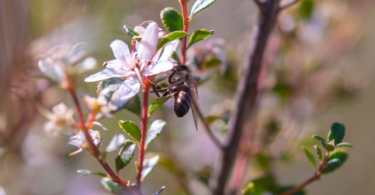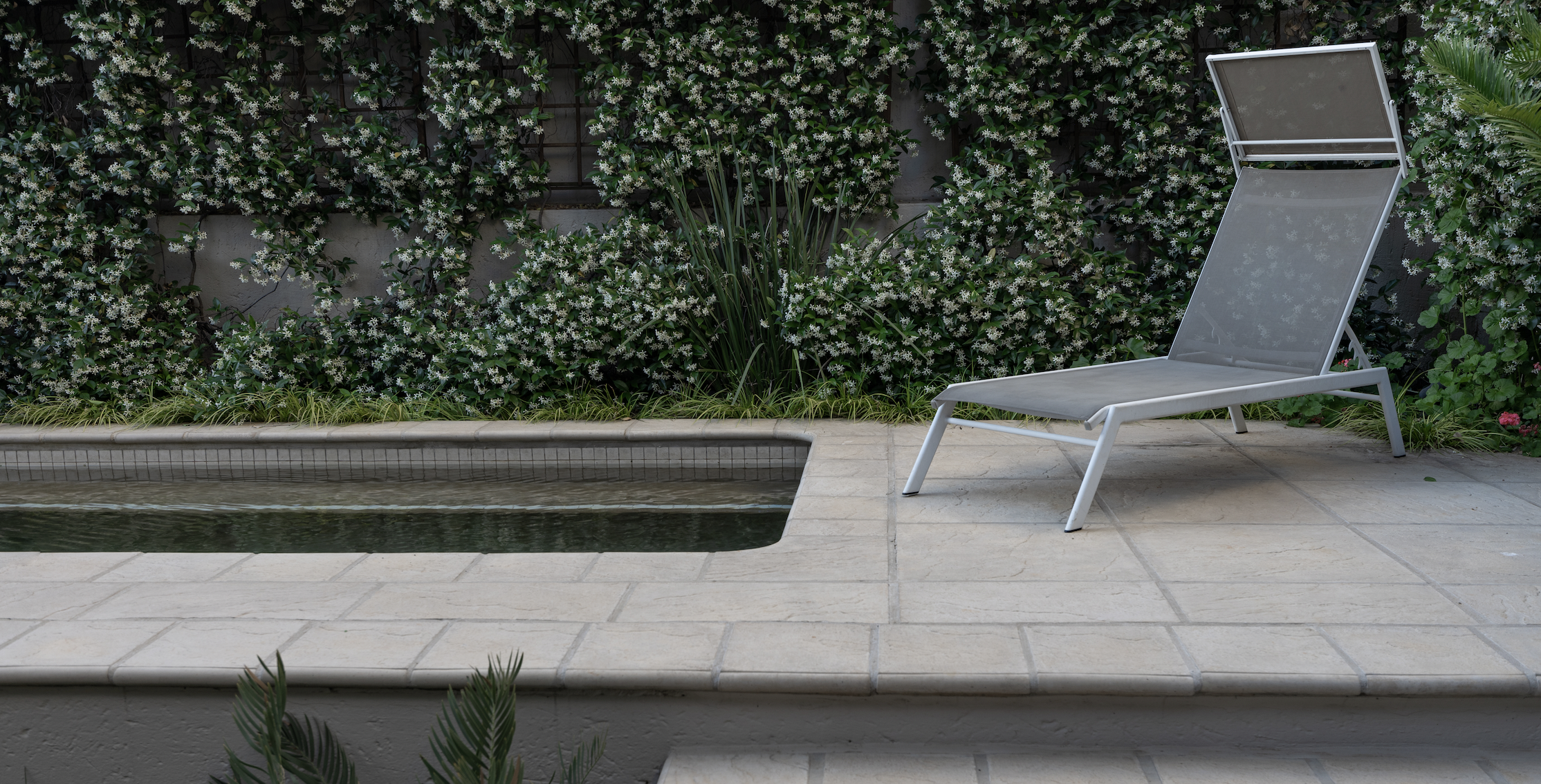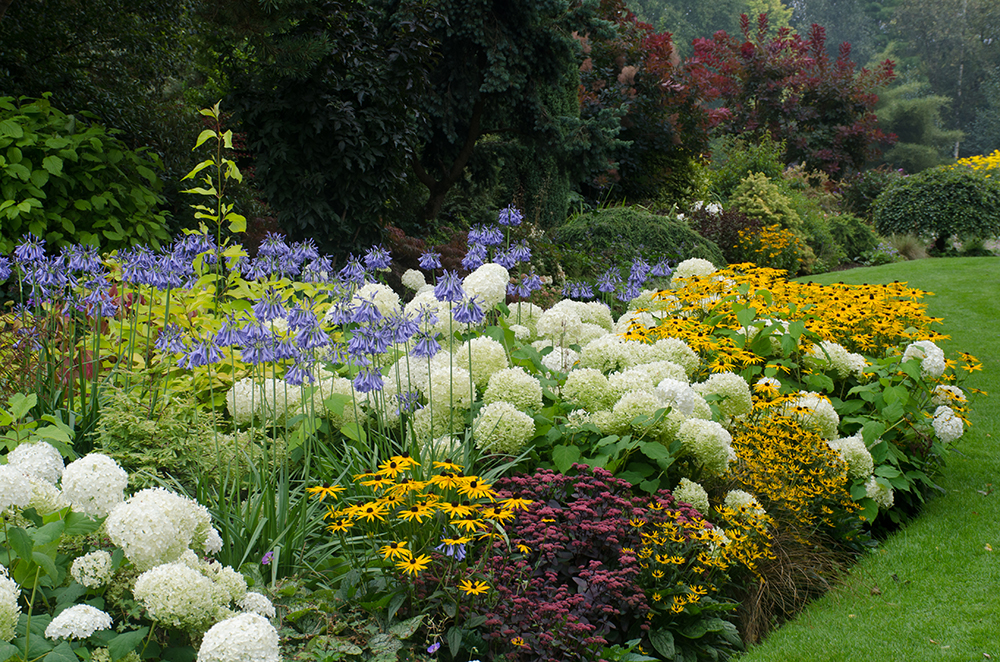Top tips to get your lawn into summer shape.
Get your soil right
“To thrive, grass roots need air and space. Loose, well-drained soil allows the roots to spread easily. It also means they’ll be less compacted and therefore absorb enough water and nutrients. Of course, if you aren’t blessed with perfect soil, you can use an aerator to poke holes in the ground, and allow water to penetrate deeper, in turn encouraging deeper root systems.” – Mark Odell, product manager at Husqvarna South Africa

Be kind
“Be kind to your lawn (and yourself!) with a lightweight lawn mower. A heavy lawn mower can create permanent track marks in your lawn, which can be unsightly. Thanks to their low weight and excellent manoeuvrability, the Husqvarna battery-powered lawn mowers are lightweight enough to mow your lawn without digging into the soil or leaving any track marks.
“And you won’t break into a sweat while operating them either! Whether you choose a push model or a self-propelled model, you are guaranteed a user-friendly mower that is easy to handle and maintain, with less noise and fewer emissions. Our electric mowers are also kinder to the environment than petrol mowers, producing around 99% fewer methane emissions and reducing carbon dioxide emissions by about 38%.” – Mark Odell, product manager at Husqvarna South Africa

Lawn mower care
“As soon as conditions get warmer, you should start the spring lawn care schedule of mowing the lawn at least once a week. Make sure that the blades on your lawn mower have been cleaned and sharpened so that the soft, young spring growth is cut cleanly, rather than being damaged. Consider the length of your lawn – the optimum cutting height is between 4cm and 6cm. In shaded areas such as under bushes, it should be at a height of at least 5cm. STIHL lawnmowers feature effortless cutting height adjustment to let you choose your perfect length.” – Nadine Green, marketing manager at STIHL

Fertilise
“Apply fertiliser. The two basic types of fertiliser are organic and chemical. Using chemical fertilisers can risk burning the plants if overdosed or if there is not sufficient irrigation provided after application. Water well after applying fertiliser. The water will allow for the fertiliser to be drawn down to the roots and absorbed by the plant.” – Craig de Necker, managing director of The Friendly Plant

Top dressing
“Lay down lawn dressing on your lawn, spreading it using the straight edge of a steel rake. Be sure to leave a portion of the grass blades protruding above the dressing in order to capture some light for the lawn to photosynthesise. This will provide nourishment to your lawn and also assist in evening out any areas that need it.” – Craig de Necker, managing director of The Friendly Plant











Leave a Comment